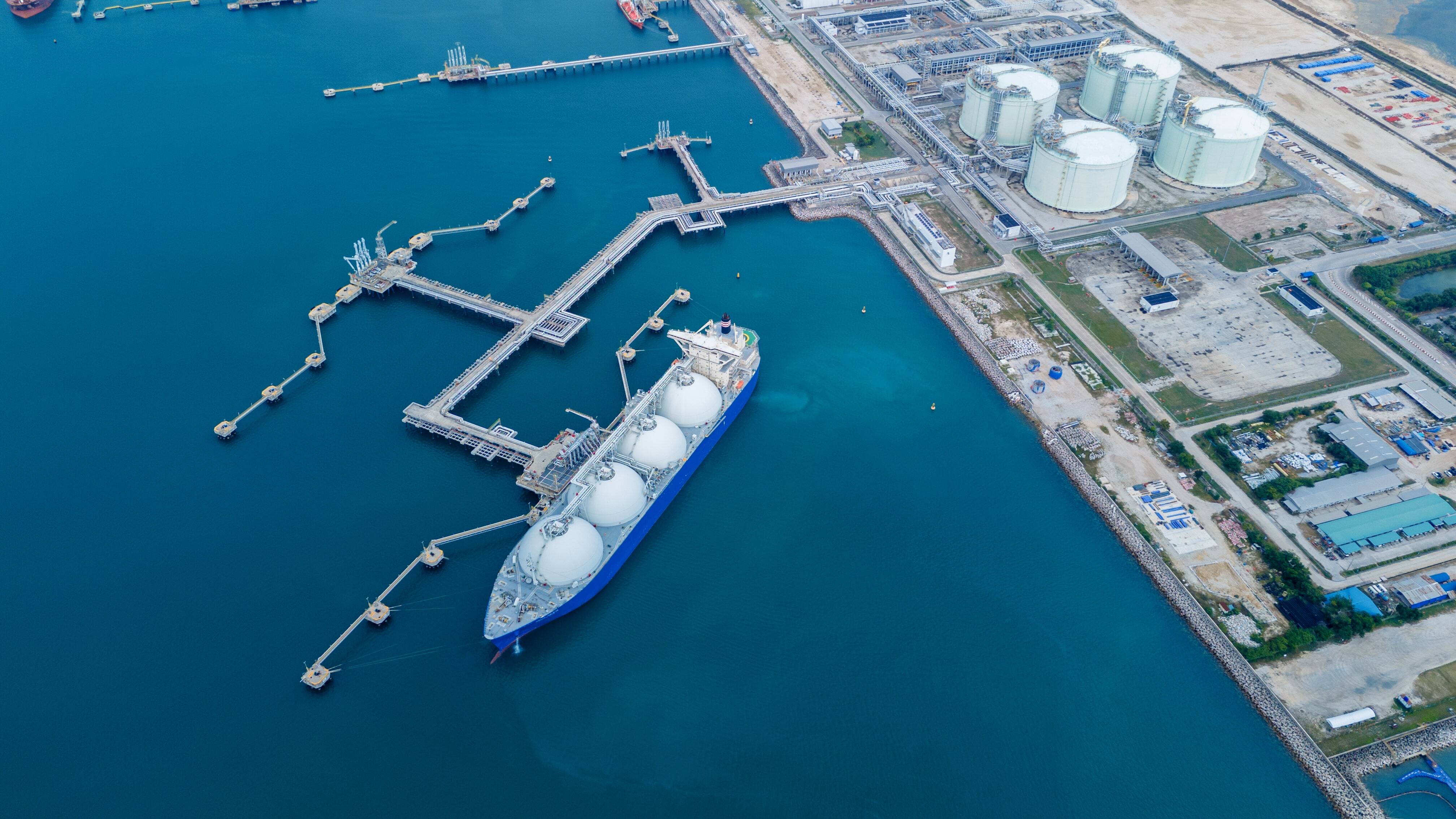What Is The Function of A Seismic Switch?
Seismic switches are specialist safety-critical monitoring devices designed to detect seismic activity (including earthquakes and man-made seismic events such as underground explosions in mining or related to fracking activities) and automatically respond to preserve the safety of the application.
Seismic switches achieve this by immediately shutting down critical systems or equipment once a certain vibrational threshold is reached, and may also activate alarms and trigger other safety mechanisms as required.
How Do Seismic Switches Work?
Modern seismic switches use high sensitivity accelerometers or geophones to detect subtle changes in ground motion and seismic activity. These sensors convert seismic vibrations into electrical signals that can be measured and analysed by a control and monitoring system. If the system detects seismic activity that exceeds your predefined thresholds, the seismic switch activates an output relay that triggers various connected safety systems.
Sensitivity adjustment and calibration: You can normally adjust the risk tolerance thresholds of your seismic switches to meet the safety requirements of your application, to minimise unnecessary downtime and false alarms. The trip threshold levels that the seismic switch is set to activate at is normally factory set to allow specific calibration and testing, and these levels may be based on application specific standards (where they exist) such as described in ASCE 25-97 (gas shutdown valves). The site response spectra and degree of protection required are typically combined to determine an appropriate alarm level. The response time of the detection system should also be considered as this can drive a requirement.
Safety by design: one of the first systems affected by seismic activity is often the electrical power network, which is why many modern seismic switches are designed with failsafes to maintain operation even when the primary power supply is disrupted, usually by means of redundancy and a UPS battery backup.
Applications Of Seismic Switches
Seismic switches have a wide range of applications in critical infrastructure such as nuclear and gas, dams, skyscrapers, and construction and civil engineering, including:
- Nuclear facilities – Nuclear power generation, nuclear power development (fusion & SMR), nuclear fuel processing plants, nuclear fuel storage, nuclear weapons storage, naval nuclear refuelling and arming dockyards.
- Gas facilities – in industrial applications, seismic switches are used to automatically shut down critical infrastructure, such as LNG plants, gas lines, electrical systems, and chemical plants, to prevent leaks, explosions, or fires that could damage equipment and endanger life during an earthquake.
- Elevator safety – in high seismic risk areas, such as Japan and California, seismic switches are often used in elevators to ensure that any lifts in motion are brought safely to the nearest floor and doors are automatically opened to allow people to escape safely, minimising the risk of people getting trapped in lifts during earthquakes.
- Building and infrastructure safety – seismic switches can be used in construction and engineering to isolate critical utilities or activate emergency power systems, when an earthquake or tremor is detected, improving structural integrity and public safety.
Find Out More
At Sensonics, we provide a range of advanced seismic switches that are used either as a stand-alone trigger or to feed into a seismic detection system that would vote the trigger in a 2 out of 3 or 2 out of 4 voting system before triggering a safe shutdown of plant or process. To find out more about seismic switches and the role they play in safeguarding your assets and people, please contact one of our experts today by clicking here.



